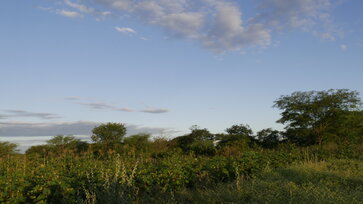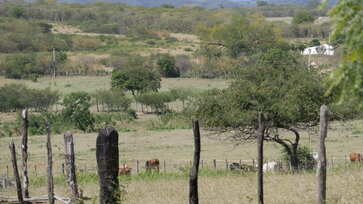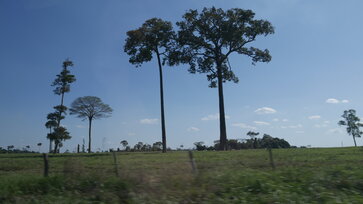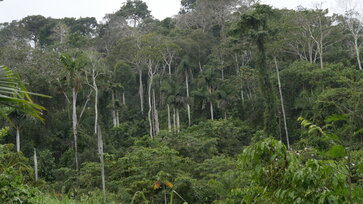With VEJA in Brazil: Tracing Responsibility from Field to Forest
From the cotton fields of Pernambuco to the rainforests of Acre, two SASI colleagues travelled across Brazil to explore how sustainable supply chains take shape. Together with partners and the company VEJA, they witnessed how collaboration, trust and local innovation turn raw materials into stories of shared responsibility and lasting impact.
Between the cotton fields of north-eastern Brazil and the diverse forests of the Amazon lies a region shaped by major social challenges, but also by a wide range of future prospects.
Two colleagues from SASI set out together with local partners to understand how raw materials such as cotton and natural rubber are embedded in global supply chains. The journey took them from Pernambuco to Acre – along country roads, past cactus fields, villages and finally into the rainforests. They were accompanied by VEJA’s Supply Chain Supervisor Olivia Lyster. With her expertise and network, Olivia enabled encounters that went far beyond any official agenda.
A company with a distinctive approach
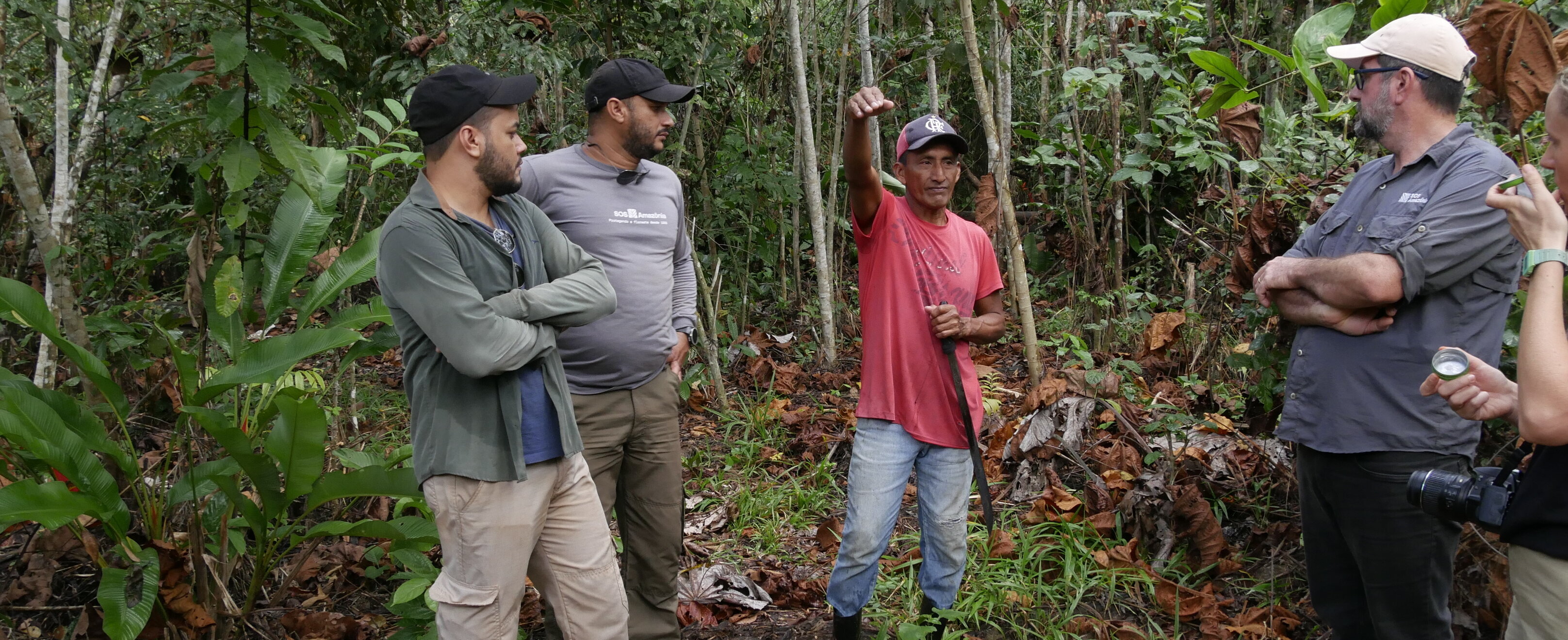
Many conversations centred on the French company VEJA, known in Europe for sneakers that have achieved cult status. Yet it is not the product itself that is most significant, but the way it is made: cotton from organic farming, natural rubber tapped directly from the rainforest – and a business model that takes sustainability as its foundation.
VEJA works with local cooperatives, co-finances projects and does not aim for maximum profit. This approach makes it possible to strengthen economic structures together with cooperatives and to support local initiatives.
Cotton in Pernambuco
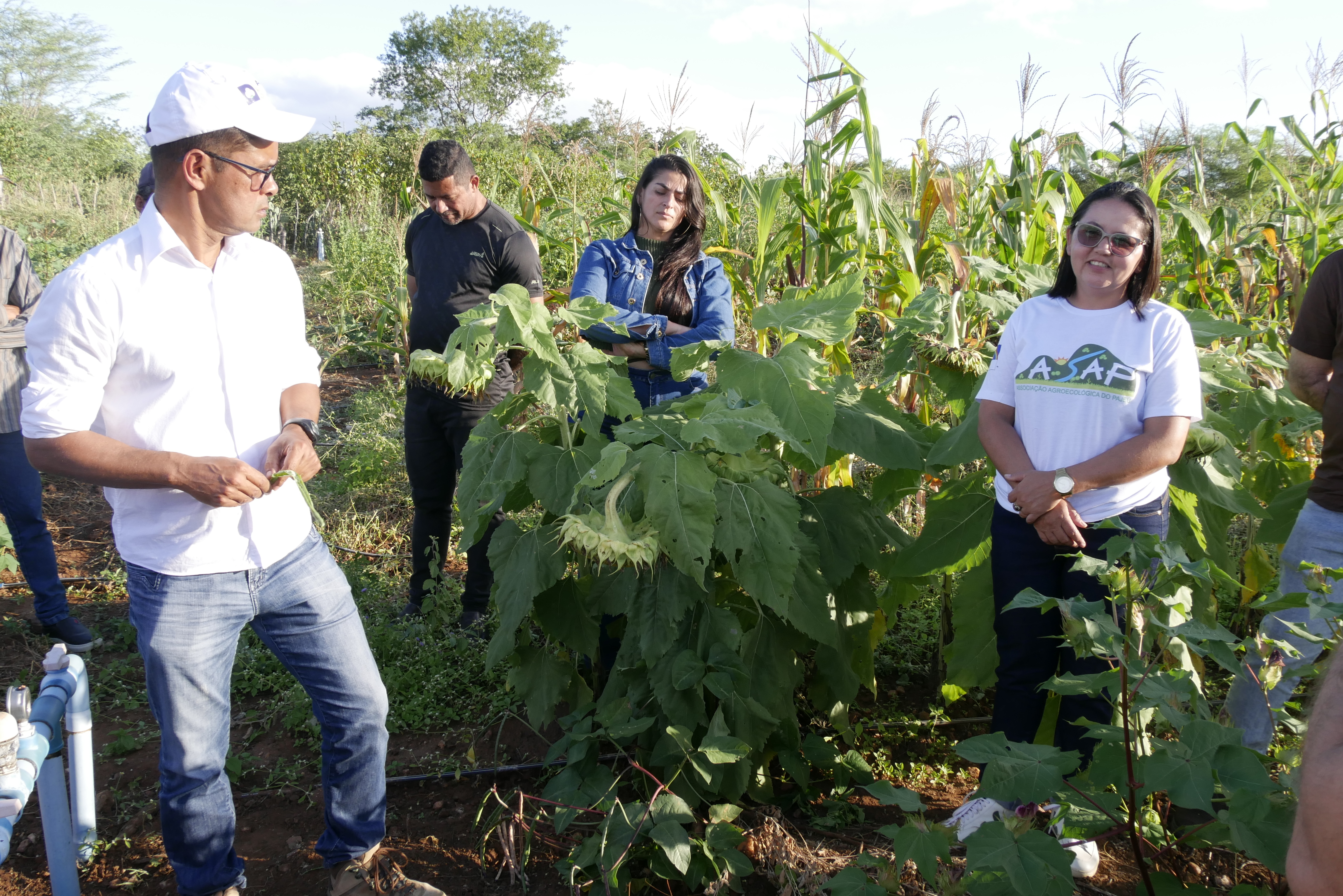
In the semi-arid Caatinga region, farming is a daily challenge, characterised by long dry periods. Rainfall is irregular, the soils are poor. Nevertheless, cotton plants thrive here – integrated into mixed crops with sesame, sunflowers or maize. This work is supported by the NGO Diaconia, which has been rooted in the region for decades.
A particularly inspiring encounter was with Joana Darke, a farmer who has developed her farm into a model of agro-ecological cultivation. With the support of her cooperative and technical advice, she began to diversify and irrigate her cotton fields. While her husband continued to work on neighbouring farms, Joana pursued her own path in agriculture. Today, she is regarded as a role model – not only for other women but also for the entire village community. Her story illustrates that sustainability means much more than ecological methods: it also includes social change and new opportunities for agency.
Rubber in the Amazon
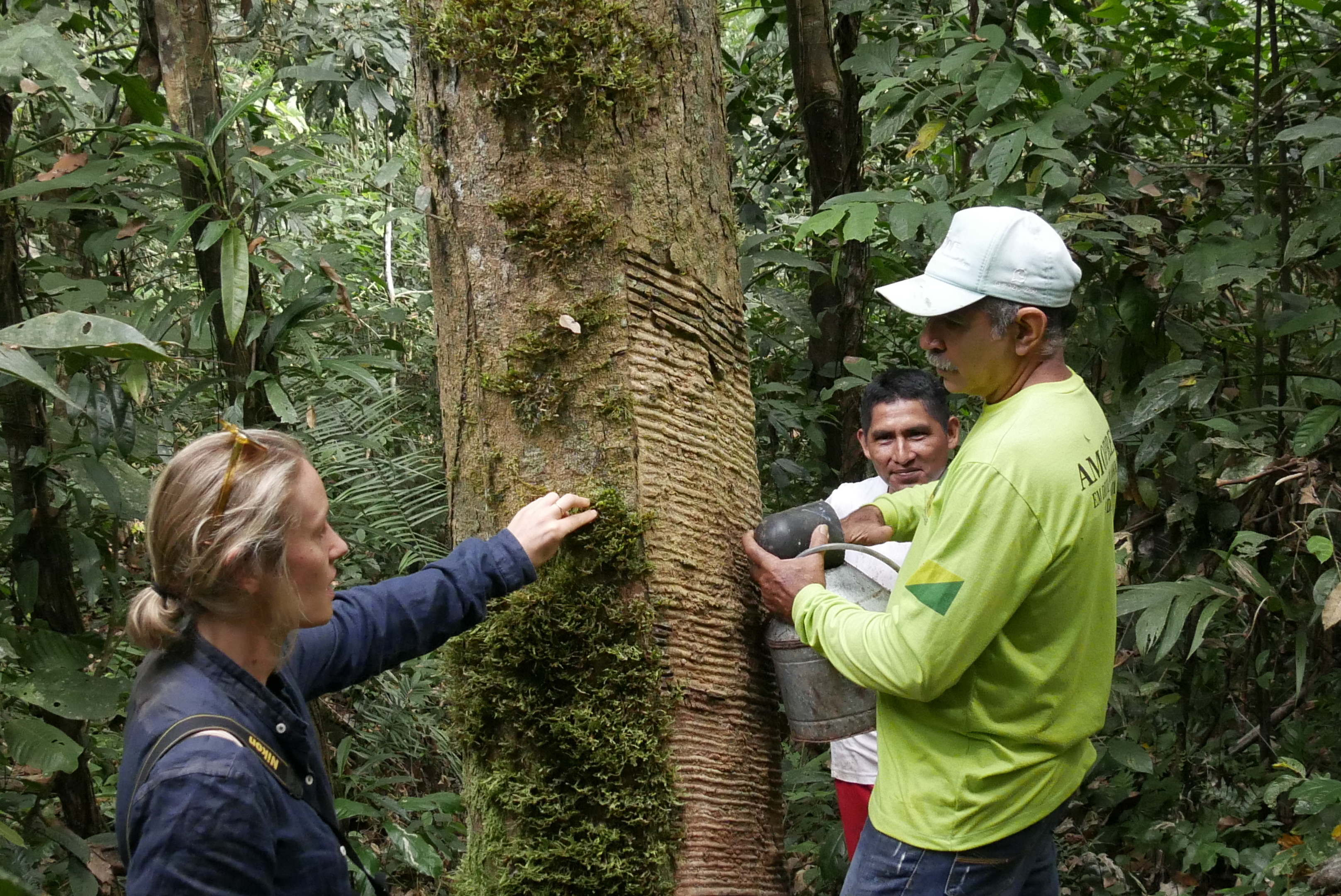
After several days in the dry northeast, the journey continued to Acre, deep in the rainforest. There, communities known as Seringueiros have been harvesting rubber for generations.
Unlike plantations in Asia, where trees are planted only a few metres apart and grown in monocultures, rubber tapping here takes place among naturally dispersed trees in the forest, connected by narrow and often length footpaths.
The NGO SOS Amazônia works with these communities – supporting both rubber extraction and forest protection. Every litre of natural rubber harvested is also an argument in favour of conserving the forest. Alongside rubber, additional sources of income are emerging: Brazil nuts, açaí berries, cupuaçu and many other forest products.
One particularly innovative practice is “Assisted Natural Regeneration”: instead of clearing and replanting the forest, people support its natural recovery. Young trees are protected, while valuable species such as mahogany or rubber are selectively planted. Gradually, a living secondary forest emerges, preserving biodiversity and creating economic perspectives at the same time.
Reflections on a journey
What remains after such a journey? Firstly, the realisation of how closely everyday products are interwoven with production sites in Brazil. Natural rubber for the sole of a sneaker grows in regions that can only be reached after long drives on unpaved roads. Cotton processed into a trainer often comes from fields farmed despite unreliable rainfall.
Secondly, the experience shows that sustainability emerges through partnership – between companies, NGOs and local communities. Projects are only viable when they create real value for people, build on existing structures, strengthen local initiatives and take social realities into account – from gender roles to political frameworks, which may change from one government to the next.
Finally, the insight that sustainable supply chains are not an abstract concept. They grow out of encounters, trust and responsibility – whether on a cotton field in Pernambuco or along a rubber trail in the Amazon.
![[Translate to EN:] © GIZ _1090685.jpg](/fileadmin/_processed_/3/c/csm__1090685_41fb3a37ab.jpg)
